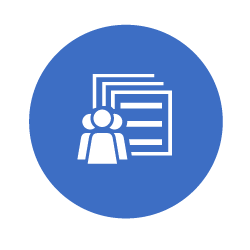Products & Services
The deliverables that compliment our position in education and the results that come from them.
What Students Receive
We define content as any curriculum, instructional or learning material that is placed in front of a student. As an organization that aims to improve student outcomes, we look to create content that better prepares them for the future. It's not just about test scores and how well they do on assignments. It's also about content relevancy and how much the material that's placed in front of them aligns with their journey going forward, into college and beyond. There is much complexity to this as we understand the need to stay aligned with guidelines and regulations to the curriculum framework within the system. In addition, we need to remember the importance of not burying foundational learning requirements such as math, writing, reading and others.
Guidelines Restricting Learning
Also due to systemic governance and bureaucracy, there are boundaries that sit between the public school sector and the external sources that provide solutions to students. There are district Admins, Boards of Education and a Presidency that dictate educational operations including defining the content standards such as the Common Core State Standards (CCSS). With that, comes restrictions and guidelines that must be followed for every curriculum, teacher and student. We feel that this is a major obstacle to educational progress as it shackles our students to a limited content-set. We need more flexibility to be creative in terms of content creation. The concept of the "Common" Core alone sounds abstract since it is a blanketed solution to an entire nation of learners that all learn differently. Even a classroom of twenty needs differentiation.
A Stagnant System
The system as it currently stands, is based on old-fashioned thinking and still wants to produce factory workers. We have to understand that the student body is an extremely dynamic population and therefore we must learn to produce dynamic solutions and evolve with the student. The No Child Left Behind Act, which introduced an overhaul of school testing and aimed to create an accountability for schools for improving scores, created a system in which very little innovation in teaching and learning are possible.





